Red eyed tetra - Moenkhausia sanctaefilomenae
Scientific name: Moenkhausia sanctaefilomenae
Common name: Red eyed tetra
Family: Characidae
Usual size in fish tanks: 5 - 7 cm (1.97 - 2.76 inch)
014
Recommended pH range: 6 - 7.5
Recommended water hardness: 5 - 12°N (89.29 - 214.29ppm)
0°C 32°F30°C 86°F
Recommended temperature range: 22 - 28 °C (71.6 - 82.4°F)
The way how these fish reproduce: Spawning
Where the species comes from: South America
Temperament to its own species: peaceful
Temperament toward other fish species: peaceful
Usual place in the tank: Middle levels
General Information
The Red-eyed tetra (Moenkhausia sanctaefilomenae) is a hardy, active characin native to the São Francisco and upper Paraná–Paraguay–Uruguay (La Plata) basins of eastern & central South America. Adults typically reach 5–7 cm and show a silver body, red eye ring, and a black-white tail band. Keep them in shoals of 8–10 for best behavior and color.
Food & Feeding
Omnivorous micro-predator/grazer. Use quality flakes or small sinking granules as staple; rotate frozen/live foods (baby brine shrimp, daphnia, cyclops, finely chopped bloodworms). Include some vegetable matter (spirulina, blanched greens). Feed small portions 1–2× daily.
Sexing
Females are deeper-bodied and fuller when gravid; males slimmer. Color pattern is otherwise similar.
Breeding
An egg-scattering free-spawner with no parental care. Use a separate, dim tank with very soft, slightly acidic water, fine plants/spawning mops or marbles, and remove adults post-spawn (they eat eggs). Eggs generally hatch in ~24 hours; fry free-swim after a few days. Start with infusoria/green-water or commercial liquid fry food, then Artemia nauplii.
Lifespan
Typically ~5 years with clean, stable water and good diet.
Tank Requirements & Water Parameters
- Tank size: long tank, at least 80–90 cm (32–36″) for a group; provide open mid-water lanes.
- Water: pH ~6.0–7.5, hardness ~5–12 °dH (tolerates a bit harder), temperature 22–28 °C (72–82 °F). Keep nitrate low and parameters stable.
- Aquascape: robust planting (edges/back), wood/roots, darker substrate and some floating plants to diffuse light; moderate flow and good oxygenation.
- Maintenance: weekly water changes; avoid abrupt parameter swings.
Compatibility & Tank Mates
Peaceful but lively shoaler. Best with other robust, similarly sized community fish (larger tetras/rasboras, peaceful barbs/rainbows, Corydoras, small loricariids). Avoid very slow or long-finned species if the shoal is small—occasional nipping can occur when under-stocked or cramped.
Behaviour & Usual Place in the Tank
Spends most time in the middle levels, schooling in open water and diving into cover when startled. Provide both swimming space and shade.
Short Description
Red-eyed tetras are hardy, active community characins from the São Francisco and La Plata drainages. Keep them in sizeable groups in clean, well-oxygenated aquaria with mixed omnivorous fare. Breeding is achievable in very soft, slightly acidic, dim setups; eggs hatch in about a day.
Q&A
- Where are they from? São Francisco and upper Paraná–Paraguay–Uruguay basins (Brazil, Paraguay, Argentina; also reported from Bolivia/Uruguay in the La Plata system).
- How many should I keep? At least 8–10 to minimize nipping and show proper schooling.
- Are they plant-safe? Generally yes with robust plants; grazing is mild compared to true plant-nippers.
- Do the eggs need darkness? As with many tetras, low light improves hatch, but water softness/acidity and removing adults are the main keys.
Picture
Bought by aqua-fish.net from jjphoto.dk.
 The pictures below were provided by Mihail of Romania. Thanks!
The pictures below were provided by Mihail of Romania. Thanks!


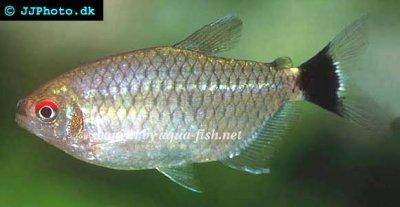
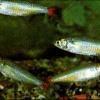 Bloodfin
Bloodfin 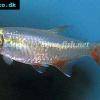 Bloodfin
Bloodfin 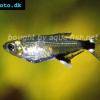 Panda
Panda 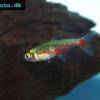 Green
Green 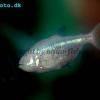 Blind
Blind 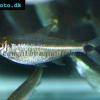 Kennedy
Kennedy 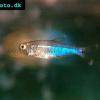 Blue
Blue 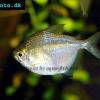 Discus
Discus 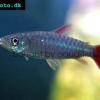 Pink
Pink 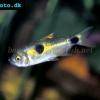 Bucktoothed
Bucktoothed 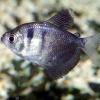 Black
Black 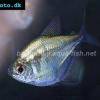 False
False 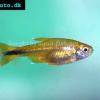 Silver
Silver  Hemigrammus
Hemigrammus 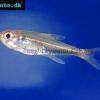 Dash-dot
Dash-dot 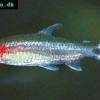 Rummy
Rummy 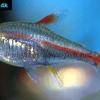 Glowlight
Glowlight 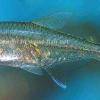 January
January 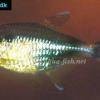 Head
Head 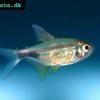 Garnet
Garnet 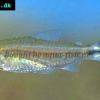 Rummy
Rummy 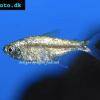 Gold
Gold 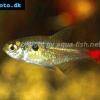 Red
Red 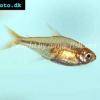 Ember
Ember 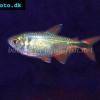 Buenos
Buenos 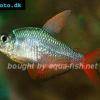 Colombian
Colombian 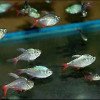 Ecuador
Ecuador 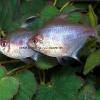 Bleeding
Bleeding 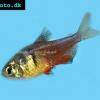 Flame
Flame 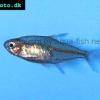 Georgett’s
Georgett’s 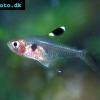 Griems
Griems 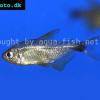 Kitty
Kitty 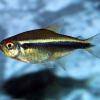 Black
Black 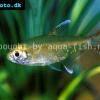 Firefin
Firefin 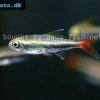 Loreto
Loreto 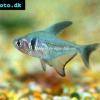 Black
Black 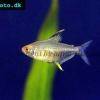 Lemon
Lemon 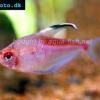 Redback
Redback 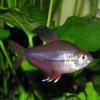 Rosy
Rosy 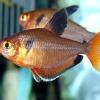 Serpae
Serpae 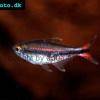 Savanna
Savanna 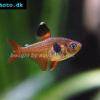 Red
Red 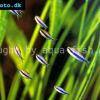 Blue
Blue 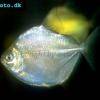 Silver
Silver 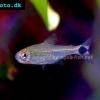 Ceros
Ceros 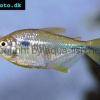 Napo
Napo 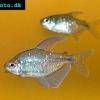 Diamond
Diamond 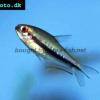 Rainbow
Rainbow 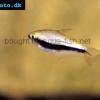 Emperor
Emperor 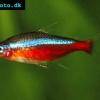 Cardinal
Cardinal 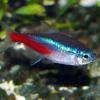 Neon
Neon 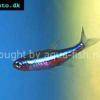 Green
Green 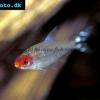 False
False 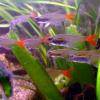 Glass
Glass 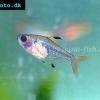 X-ray
X-ray 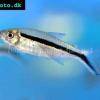 Penguin
Penguin